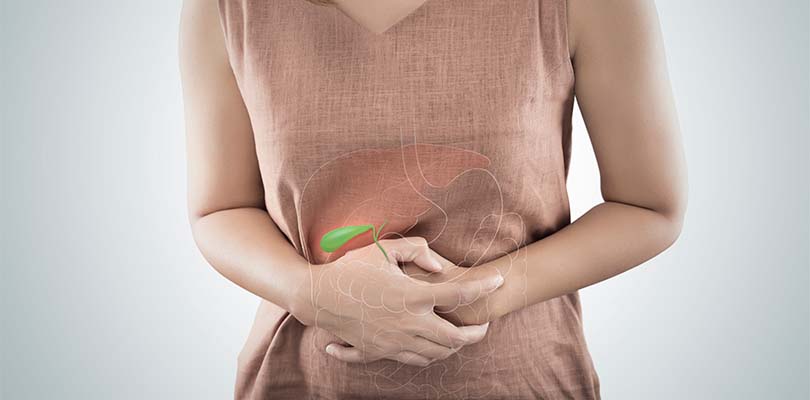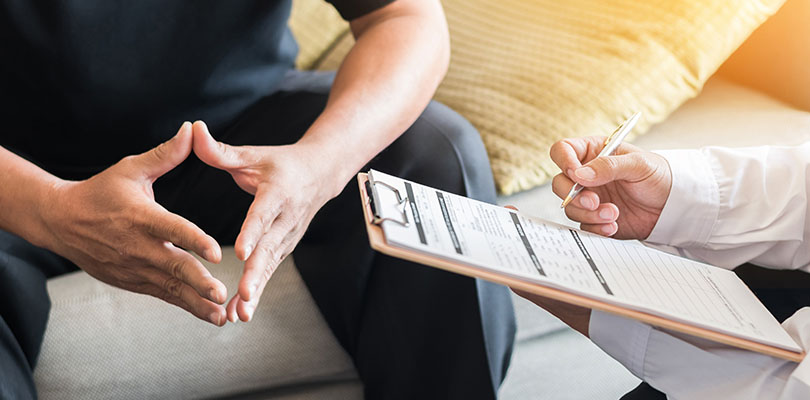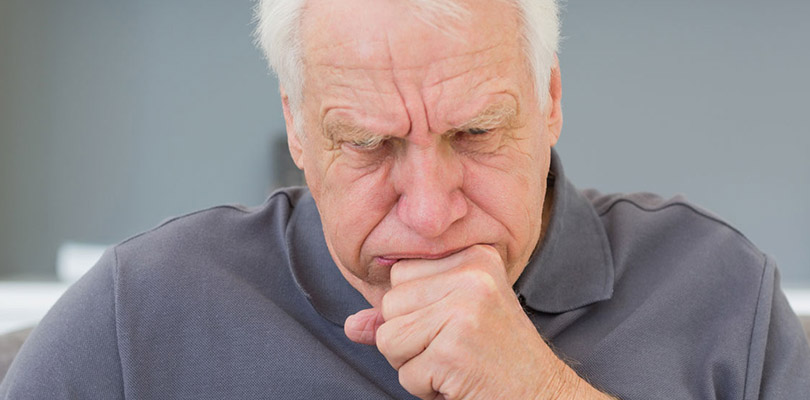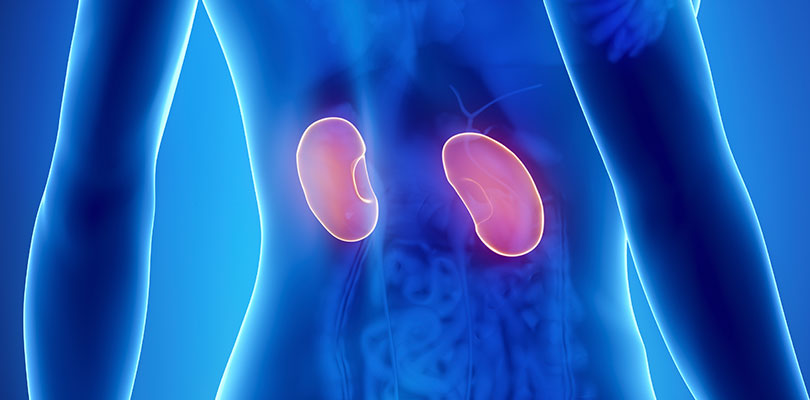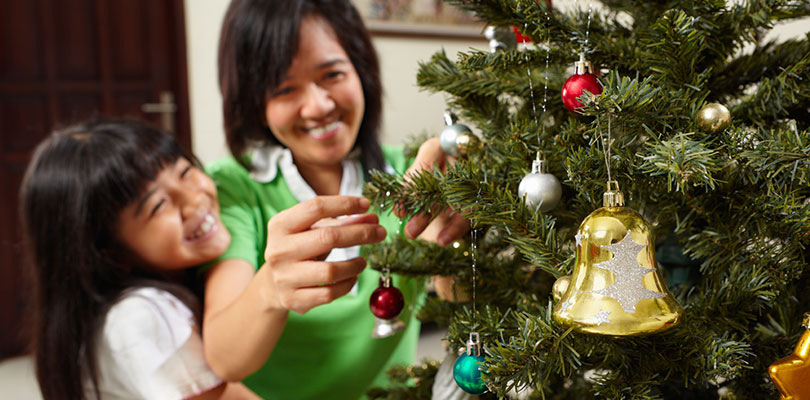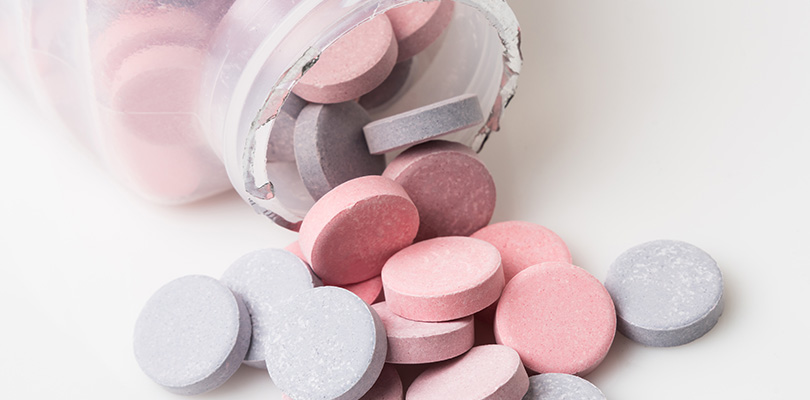What Are the Signs of a Gallbladder Attack?
Most of us love a hearty meal made with extra love (also known as butter). Unfortunately, as the saying goes, too much of a good thing is bad for you. Consuming rich food increases your chance of a gallbladder attack, which brings a host of health issues to the table. In this article, we look at the signs of a gallbladder attack and how you can avoid going through this painful health condition.
Your Gallbladder Helps With Digestion
The gallbladder is the liver’s little storage pouch. It’s a sac that sits just below the liver and its job is to store and release bile—the liquid that helps the small intestine break down fats and fat-soluble vitamins (it also helps remove waste from the body). Bile is made of water, cholesterol, bile salts, fats, proteins and a substance called bilirubin. Bilirubin forms when the body breaks down hemoglobin; too much bilirubin in the blood causes jaundice. The liver constantly makes bile and it needs a place to store it until it is needed, so the gallbladder holds onto the bile and releases it during mealtimes to help the body digest fat.
What Is a Gallbladder Attack?
A gallbladder attack often follows a heavy meal and occurs in the evening; it is an event where gallstones form to create a blockage in your body. In normal circumstances, bile acids and proteins prevent the development of gallstones. Gallstones form when liquid bile components are out of balance and excess cholesterol or bilirubin hardens into small, pebble-like deposits. Once gallstones form, they are painful and potentially dangerous.
A gallbladder attack happens when gallstones block the bile ducts and increase pressure in the gallbladder to induce pain in the upper abdomen—an event called biliary colic. An attack can be as short as 15 minutes but may last a few hours. There is nothing you can do to stop a gallbladder attack while it is happening.
What Are the Symptoms?
Gallstones may be quite serious, causing the gallbladder to become inflamed, infected, or trigger another serious health complication. Symptoms to watch out for:
- Pain that starts suddenly in the upper right side or middle of the abdomen—you may confuse it with a heart attack. The pain can feel dull, sharp, or like a cramp
- Pain that spreads below the right shoulder blade
- Nausea or vomiting
- Yellow-tinted skin or yellowed whites of the eyes, which are a sign of jaundice
- Difficulty breathing due to the pain
- Abdominal pain following a meal
- Fever or chills
- Light-colored stool
- Dark urine
Other gallstone complications may develop if the bile ducts are blocked for several hours, including inflammation of the gallbladder, damage or infection of the gallbladder, liver, or bile ducts, or gallstone pancreatitis
Causes of Gallstones
Generally, gallstones form as a result of the type of food you put into your body. Aside from your diet, there are some other reasons gallstones may form. A gallstone attack may occur due to a bile issue, but researchers cannot quite explain why changes in bile occur. If you have too much bile, your bile contains extra bilirubin, or there is not enough bile salt, gallstones may result. If your bile is just fine, gallstones may still form if your gallbladder does not empty completely or often enough.
Unfortunately, even in good health, some people are just more prone to having gallstones due to their risk factors.
What is BPH? Benign prostatic hyperplasia (BPH) is a common condition that occurs as men get older, it is sometimes referred to as an enlarged prostate.
Risk Factors for a Gallbladder Attack
There are some groups at higher risk for gallbladder attack than others. You have a greater chance of having a gallbladder attack if you:
- Consume a high-fat or high-cholesterol diet
- Are overweight or obese
- Have diabetes
- Have a history of gallstones in your family
- Are 60 years old or older
- Take medications where estrogen is an ingredient
- Are a woman
Treatment Options for a Gallbladder Attack
Gallstones are fairly common in western countries; we consume more fatty foods and prepared foods. Having gallstones does not mean you need treatment. These silent gallstones can be passed naturally on their own (sometimes without your knowledge) and do not interfere with the function of your gallbladder, liver, or pancreas. Pain will likely subside once the gallstone passes.
For the gallstones that do not pass on their own or for gallbladder attacks, you will need to seek treatment. A doctor may recommend different solutions depending on your condition.
Medication may be prescribed to take the edge off while you are passing a gallstone. You may also get a prescription if your gallbladder or surrounding organs become infected.
Surgery is an option if gallbladder attacks are a reoccurring problem for you. A cholecystectomy is a laparoscopic procedure to remove the gallbladder. A small incision is made for a tiny camera that guides the surgeon in the removal process using other small incisions.
How to Reduce Your Risk of Gallstones
To get ahead of any health issues and lower your chances of future gallstone attacks, make sure you do the following:
- Opt for low-fat or non-fat foods to lower your fat intake. For meat, chose lean cuts or have fish instead.
- Incorporate fibre and whole grains into your diet
- Increase your intake of fruits and vegetables
- Stop eating processed foods
- Avoid foods high in cholesterol
- Don’t skip meals
- Maintain a healthy weight
- Exercise to naturally reduce cholesterol
If you have had one gallbladder attack, more attacks will likely follow; lifestyle changes are encouraged to help avoid future attacks. Making some healthy changes now may help prevent gallbladder issues and gallbladder attacks in the future.
